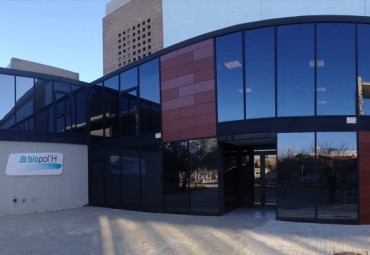Neural Mechanisms Underlying Schema-Dependent Associative Inference
Associative inferences help us connect overlapping events and infer relationships between elements experienced at different times and places allowing the generalization of knowledge to entirely new situations. Recent theoretical accounts suggest that cognitive schemas, large-scale knowledge systems, serve as organizational frameworks for assimilating new but overlapping information and facilitating associative inference. Yet, it remains unclear how schemas about the world impact inference-making, and whether the specificity of the newly formed memories is affected by how congruently they fit into an existing schema. This study employed electroencephalography (EEG) to investigate the mechanisms behind schema-congruent and -incongruent associative inference. Participants completed an adapted associative inference task, connecting overlapping pairs of associations (either schema-congruent or -incongruent AB and CB pairs) across distinct episodes. Later, they were assessed on their ability to make inferences about the indirect associations linked through the B element (AC). The congruence of the episodes was determined based on whether or not the background context was schematically aligned with the paired associates. Findings revealed that schema-congruent associative inference was associated with integrative encoding, while schema-incongruent inference was linked with flexible retrieval mechanisms. Also, associations that were schema-congruent and successfully inferred led to detailed episodic memory of events, while the associations based on incongruent events did not significantly impact memory detail. Together, these findings provide novel evidence of the neural mechanisms and temporal dynamics of schema-dependent associative inference and provide a better understanding of how schemas facilitate the integration of information across new but overlapping events.
ZOOM LINK: https://ub-edu.zoom.us/j/96236133066
Or in person attendance: Modular Building, room 1.5
 |
